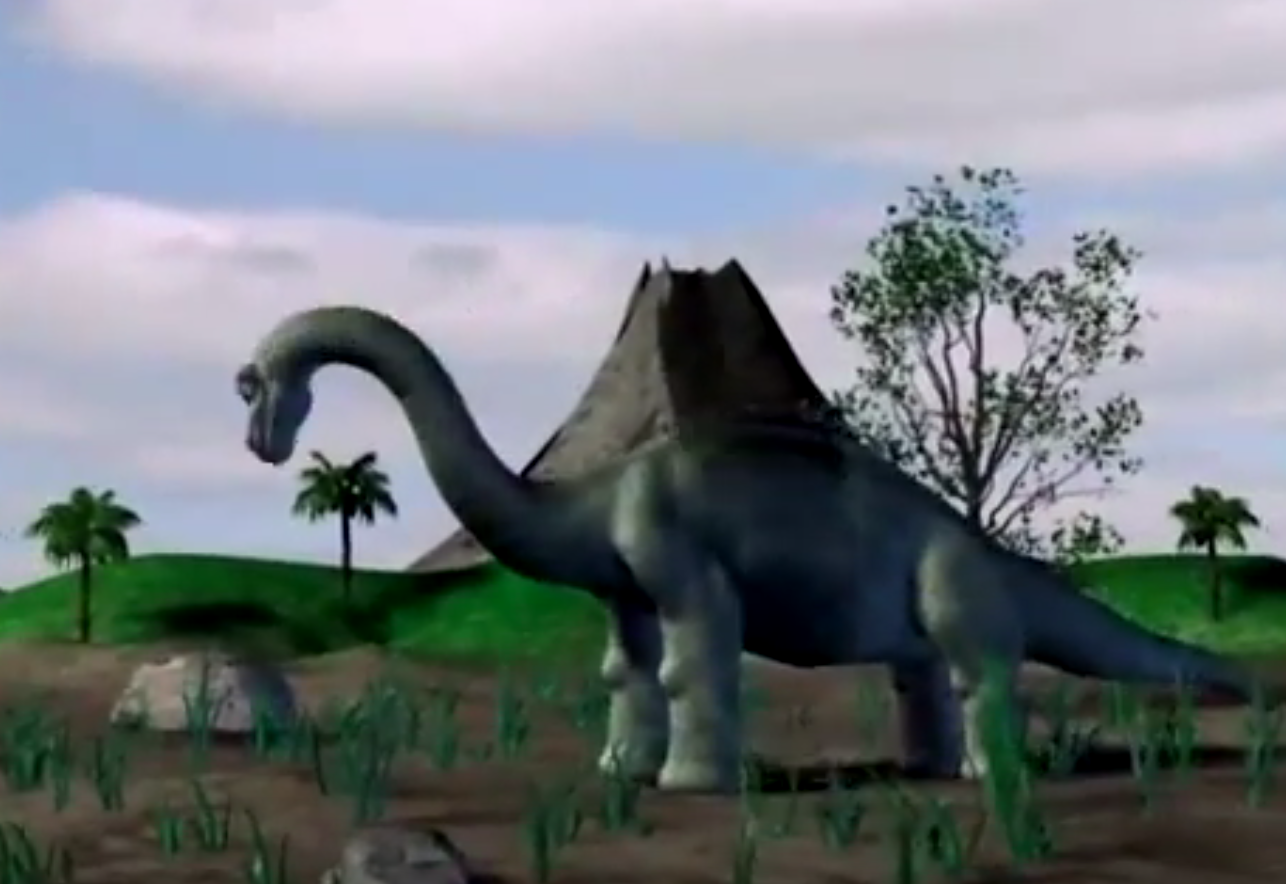In the late 1990’s, we created a video for San Jose-based KLA-Tencor on the need for companies in the semiconductor equipment industry—and specifically semi-conductor test—to “adapt or die.” We’ve seen this dilemma face all kinds of industries in the last two decades. From brick and mortar retailers incapable of developing on-line models to compete with Amazon, to the taxi industry being ravaged by companies like Uber and Lyft, those that hang on to old ways of doing business find themselves left behind by those with greater vision and an ability to innovate.
The video business has definitely not been immune, and Tam Communications’ ability to evolve has been critical to our success. Consider this: our first “on-line” edit suite carried a price tag of over $750K. It required a separate room just to cool the electronic “guts” of the system. Our current editing system, an iMac pro 5k Retina loaded with Avid Media Composer and Adobe Premiere Pro, is less than $10K, sits on the desk in Tam’s office, and costs less than $50/month to license and keep software up to date.
Add on our first “broadcast quality” production package where cameras ran in the $75K range when equipped with a good lens (kind of important in production). Today, our smallest 4K camera, an Osmo pocket camera, cost less than $400. Cameras aren’t the only equipment getting smaller and cheaper, lighting instruments are as well, which can mean smaller crews, quicker set-ups, and cost savings for clients. Smaller drone systems mean we can offer aerial imagery for hundreds, not thousands of dollars.
“Besides the immense expense of purchasing or leasing the equipment, maintaining tape-based production and post production gear was also a rather large expense, which was necessary to keep the equipment in perfect condition,” notes Director/Cinematographer/Editor, Tam O’Connor Fraser. “Additionally, the complexities of an ‘on-line’ post production suite required the services of a highly trained and paid editor, whose sole function was to operate that system.”
It’s not just the basic tools but also supporting systems that have kept costs down and allowed a bigger investment in the creative talent using those tools and systems. Stock footage used to cost $100/second with a ten-second minimum. You can now get a ten-second clip (or longer) of amazing HD video for $79—even less depending on the library. Casting for voice actors and on-camera actors has been streamlined thanks to the internet, allowing production companies to easily tap a wider selection of talent and bring variety to their work. Music libraries can be licensed on a quarterly basis versus paying for every needle drop.
“It’s not just the producers and clients that win in this new world,” notes Tam Executive Producer/Creative Director, Susan O’Connor Fraser. “Composers and cinematographers have access to new markets to showcase and sell their work. Actors can audition from home for any role—on-camera or off. And, in the case of voice actors, with the right, relatively small investment, they can record from home as well. Pretty much gone are the days of talent, director, and client having to travel to a sound studio to get that voice track recorded.”
Certainly, there have been some casualties to all of these technology advancements. There are fewer sound studios and fewer duplication and post-production facilities. And while smaller crews might mean fewer opportunities for some freelancers, in this age of “content is king,” the best in the business are still thriving.
For us, in some cases, these changes have streamlined the process and made line items on our budgets shrink, allowing us to give our clients more for less. And in all cases, it has meant that clients can invest in the most important component of any great video—the people that put these tools and systems to work to create great brand stories. That’s what we appreciate most about the evolution: the ability to do what we do best—tell stories.

